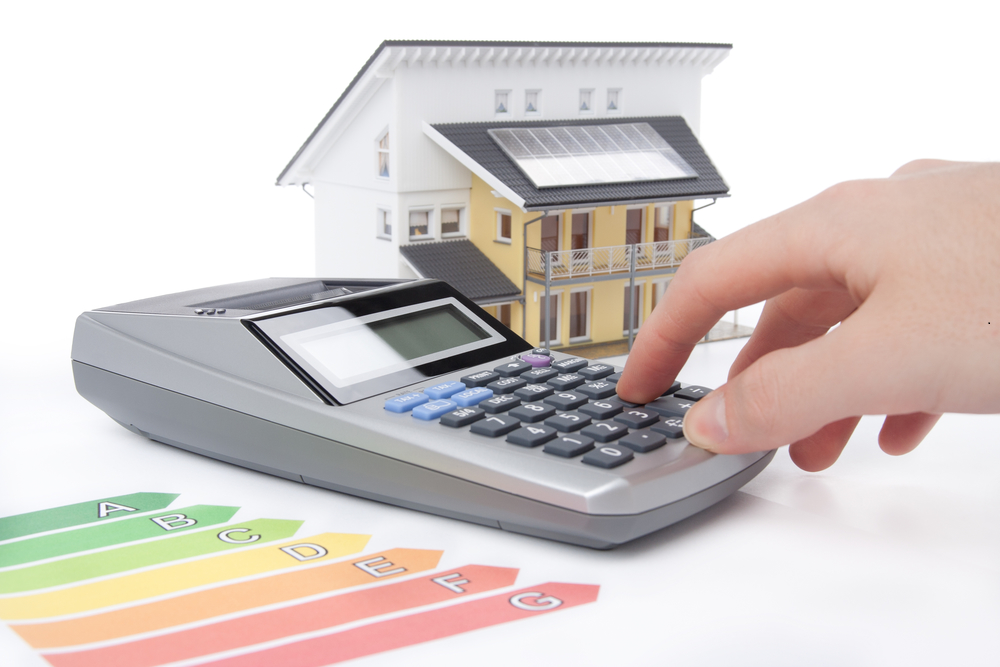Winter heating budgets were spent early this season as heating costs soared with the extreme demand on electric, oil, propane, and natural gas. While the unusually cold season across the country dropped the mercury to single digits outside, consumers had to keep their heating systems steadfast to accommodate the need for indoor warmth. The supply and demand model dictates that consumers will pay a higher price for the natural resources that keep them comfortable.
Consulting the Farmers’ Almanac, interpreting the persimmons seed, or even the coat of the woolly worm may give consumers an idea of the season ahead, but there is no way these predictors could determine that 90% of American homes would face higher heating bills this winter season. However, judging by the current price of natural resources used for heating, some watchdog agencies predict consumers will pay an average of $2,114 this season, depending on which fuel is used. A 13% increase from last year will hit natural gas users, estimating that 58 million American homes will pay $665 this year for heat.
The cost of heating accumulates quickly when you consider that each time the thermostat is increased by one degree, your bill will be 3% higher. Maintaining a 65 degree temperature indoors is a challenge when the outside temperature dips below freezing. During Peak Alert times, consumers are asked to lower their thermostats and open cabinet doors to keep plumbing from freezing. This is a good practice for any consumer who wishes to conserve energy and lower their heating costs.
Another alternative to saving energy and stress on your wallet is to request an energy audit from your utility provider. Special tools can determine where your house is losing the most heat. Simply adding insulation to your attic and walls can make a huge difference and ease the workload on your furnace.
In proper working conditions, a good furnace will last 15 to 20 years. Hiring a professional hvac technician, like Valley Comfort Heating & Air of Santa Rosa, CA, to perform an energy audit on your furnace can determine if your heater is performing at its best. This can be determined by the heating efficiency of the unit, the fuel cost, and the size of home to be heated.
The same factors are used to determine how well new furnaces will work in a home. New furnaces have the latest technology that permits them to run more efficiently. Additionally, some states offer consumers tax credits on energy efficient appliances, putting money back into your wallet.

